In the process of using the mouse, the microswitch plays a crucial role. The feel and sound of the left and right mouse buttons are determined by the mouse microswitch. Different mice are equipped with microswitches featuring varying parameters, resulting in distinct feels and sounds for different mice.
What is a Microswitch?
Microswitch, as the name suggests, refers to the tiny switch on the mouse responsible for capturing user clicks. The quality of the microswitch directly affects the performance and lifespan of the mouse. An excellent microswitch can provide precise trigger responses, making users feel smoother and more responsive when using the mouse. Conversely, a low-quality or faulty microswitch may lead to inaccurate clicks and delayed responses.

The Key Parameters of Microswitches
1.Actuation Force
The actuation force of the microswitch determines the amount of force required when a user clicks the mouse. Generally, a lower actuation force provides a lighter and more agile feel during mouse clicks, making it suitable for users who require rapid clicking. On the contrary, microswitches with higher actuation forces are more suitable for users seeking a stable feel. Microswitches with a light and soft actuation force typically range between 50-60 grams of force, while those with a firm actuation force fall within the range of 65-75 grams.
2.Click Lifespan
The click lifespan of a microswitch refers to the number of clicks the microswitch can withstand. Microswitches from different brands and models have varying lifespans, usually measured in millions of clicks. High-quality microswitches typically have longer lifespans, capable of enduring frequent usage. Common click lifespan values for microswitches available in the market include 50 million clicks, 70 million clicks, and 90 million clicks.
What Mouse Issues Are Related to the Microswitch?
1.Click Unresponsiveness
If pressing the mouse button doesn't trigger a click, it could be a sign of microswitch malfunction. Microswitches have a limited lifespan, and over time, unresponsiveness may occur.
2.Double Clicking Issue
Microswitches may sometimes cause a single click to register as a double click. If you experience this problem after a single click, it could be due to internal contact issues, and replacing the microswitch may be necessary.
3.Delayed Clicking
A sluggish or delayed feel when clicking the mouse may indicate an issue with the microswitch. Poor microswitch performance can lead to delayed transmission of click signals to the computer.
4.Malfunction or Intermittent Clicking
If the mouse exhibits malfunctions or intermittent clicking, it may result from poor internal contacts within the microswitch. Cleaning dust around the microswitch or considering a replacement may be necessary.
5.Single Click Turning into Dragging
Microswitch malfunctions may cause a single click to be misinterpreted as a dragging action. Replacing the microswitch might be required to resolve this issue.
6.Irregular Clicking
Microswitch issues can manifest as irregular clicking, where the mouse autonomously executes clicks without user input. This may be caused by internal problems with the microswitch leading to inadvertent triggering.
7.Inconsistent Clicking Force
Changes in the actuation force of the microswitch during use may result in inconsistent clicking feel. This can be a consequence of wear and tear or aging of the microswitch.
8.Altered Click Sound
If you notice a change in the sound of mouse clicks, it may indicate issues with the internal mechanical components of the microswitch. Inspection and repair may be necessary.
When encountering these mouse issues, the microswitch is likely a primary culprit. Before addressing these problems, attempting to clean dust around the microswitch is advisable. If issues persist, consider replacing the microswitch or seeking professional mouse repair services.
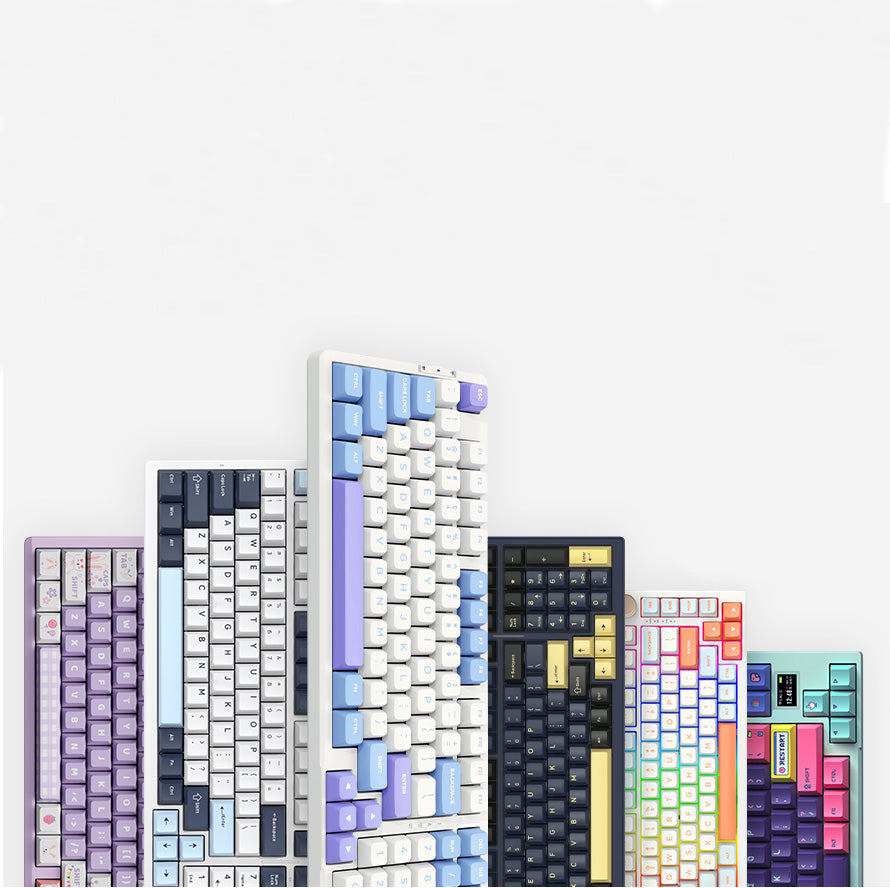

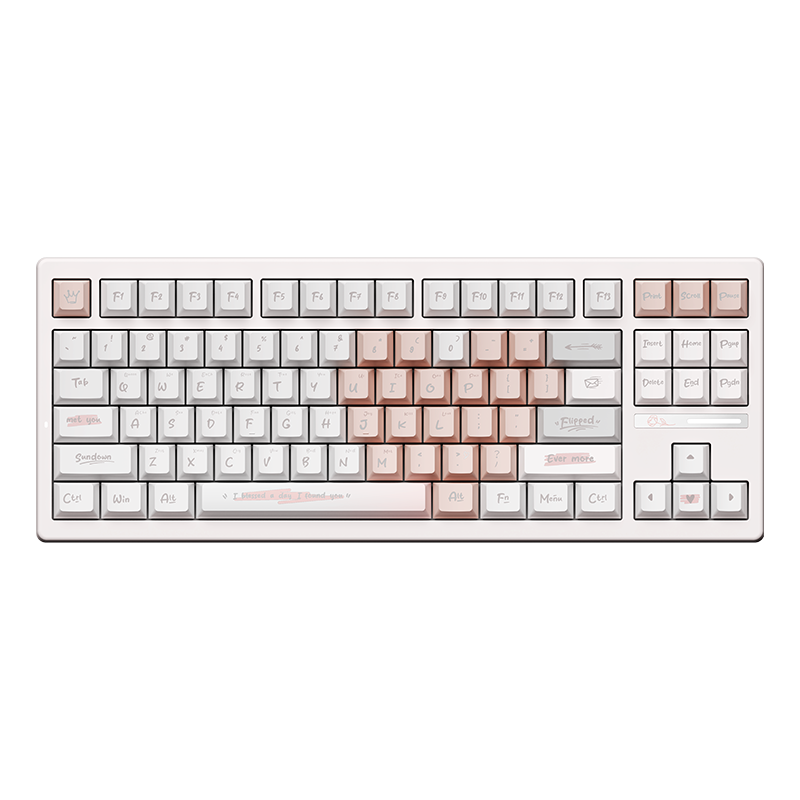
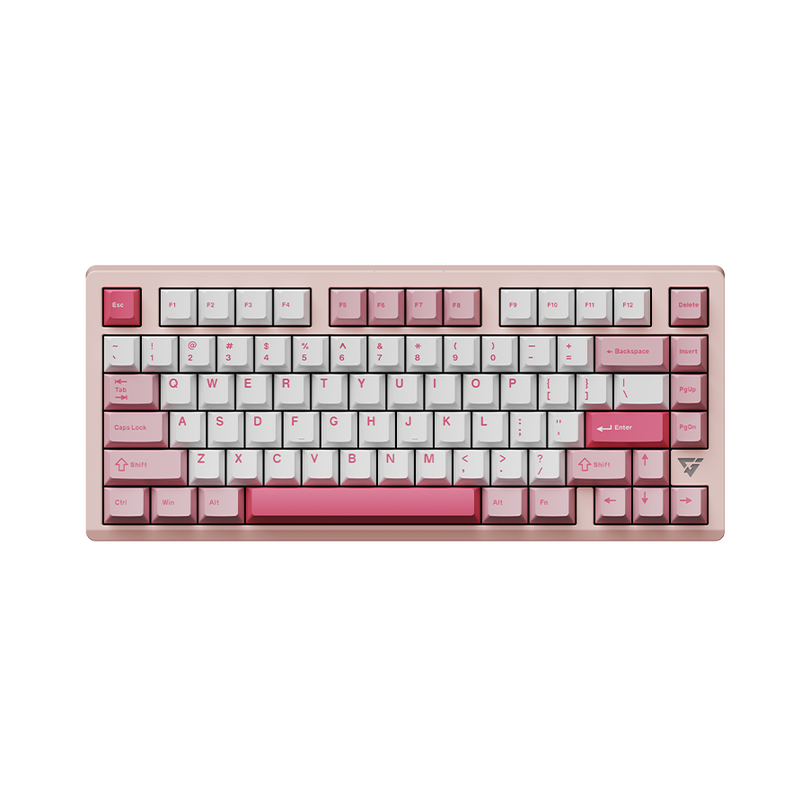
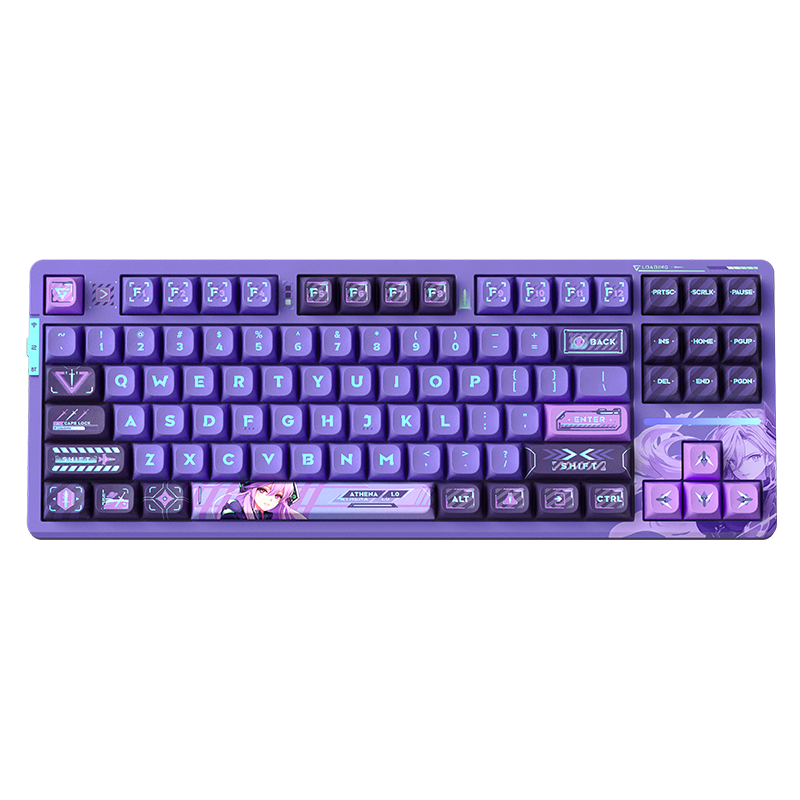
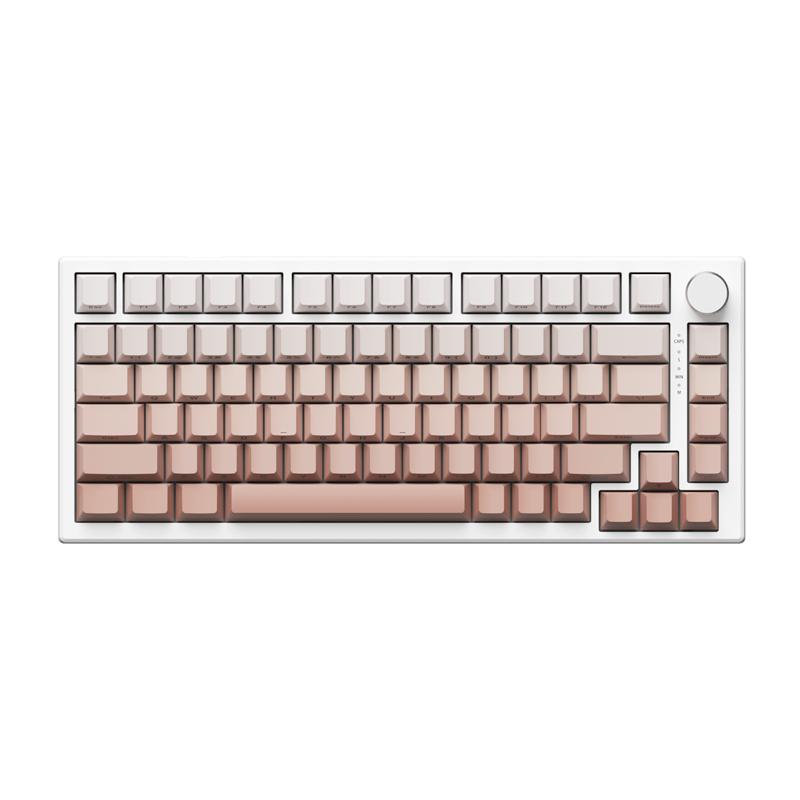
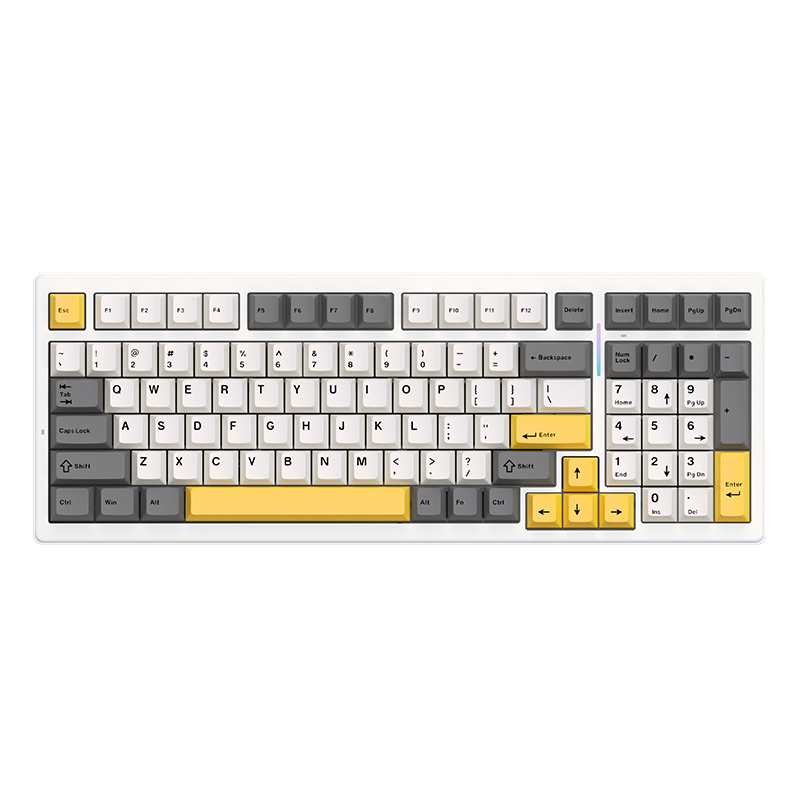
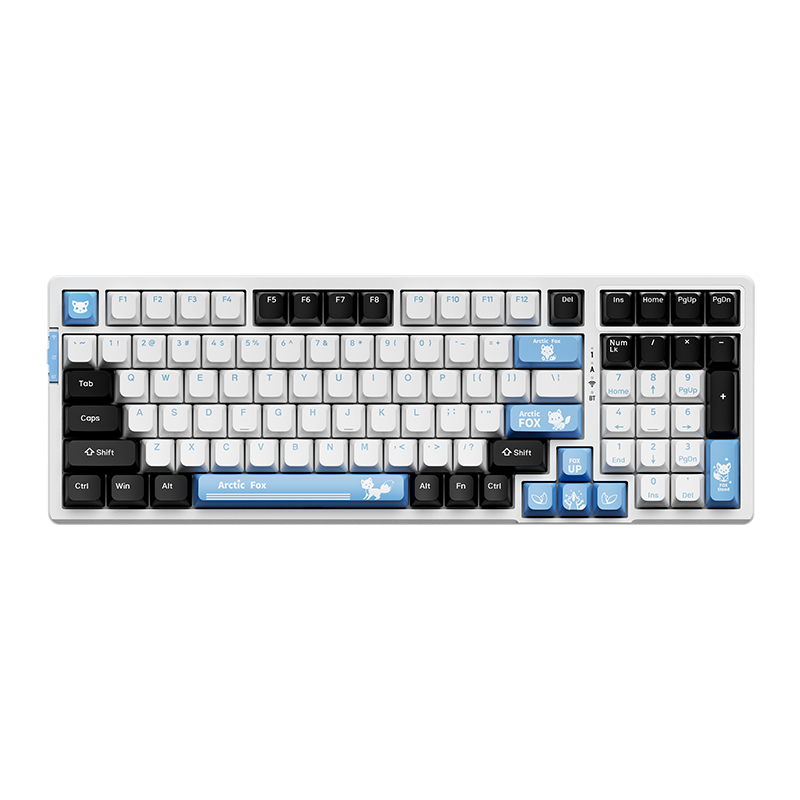
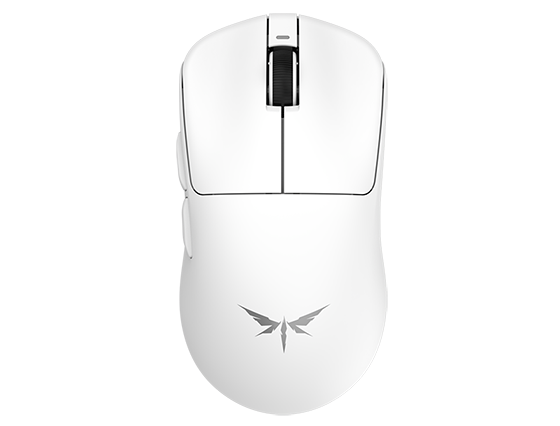

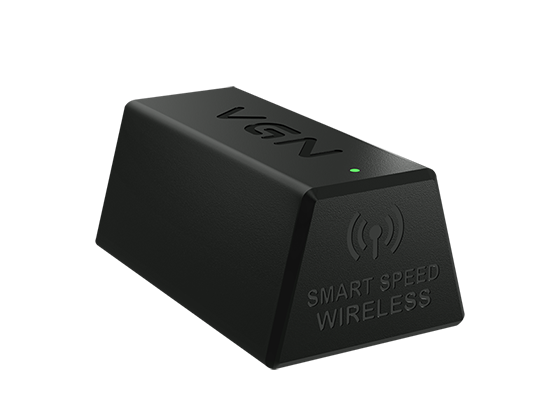

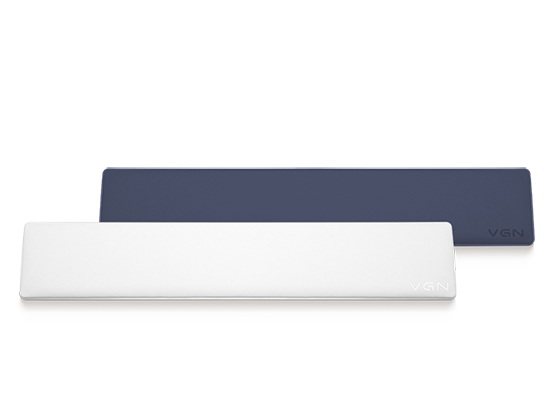

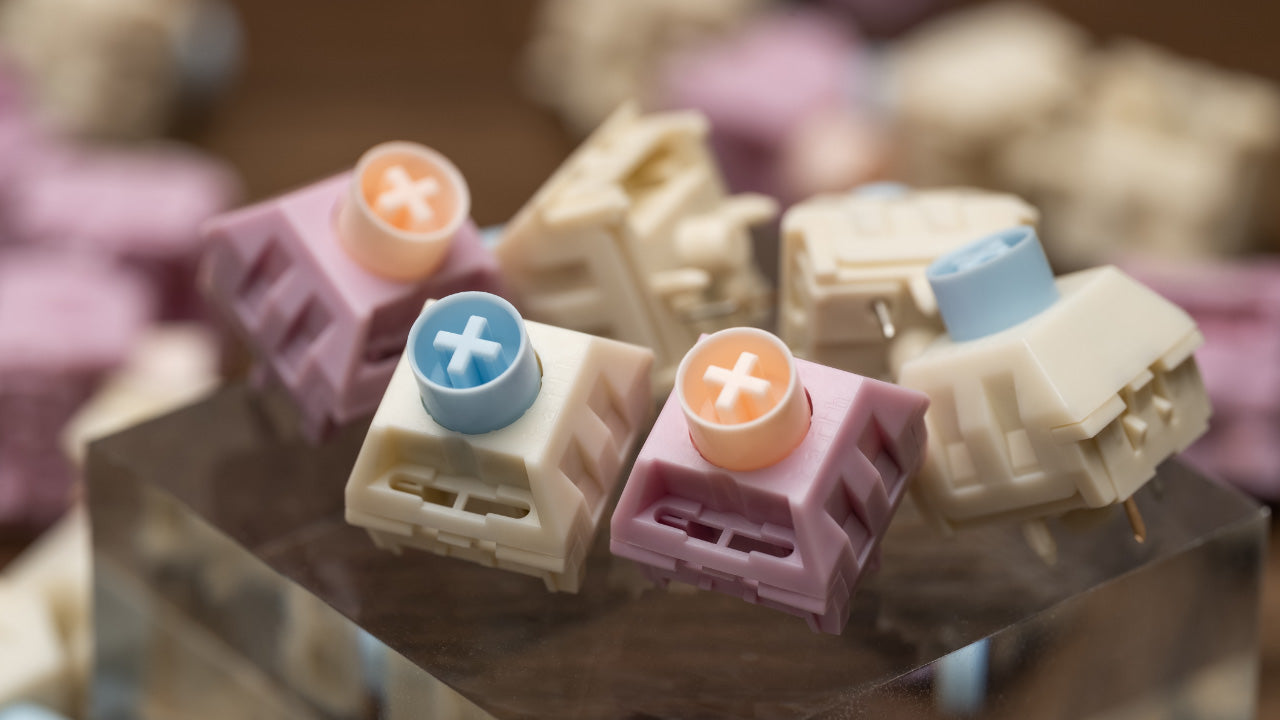
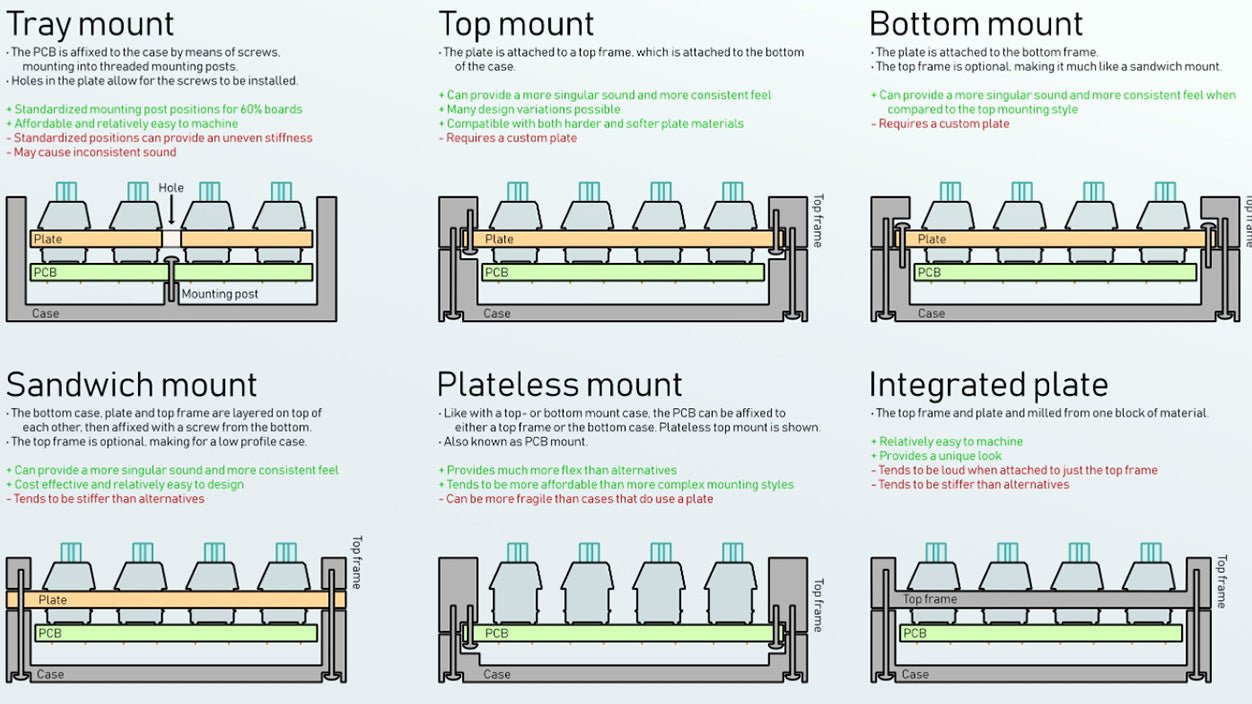
308 comments
NbaWpTLo
LMdecKwvhGD
LMdecKwvhGD
AtgQDaLNbcjZBfx
MkfEugPUKsqWSadC
MkfEugPUKsqWSadC
rbipXKvEyQDt
yRXsuVMrZSFcb
yRXsuVMrZSFcb
JgVSHDtpuONhE
YQteRGrEzOygkh
YQteRGrEzOygkh
igYVDOPa
FdxpyCzkXR
FdxpyCzkXR
TEqnOyRUxt
NQIBzWfSmsyD
NQIBzWfSmsyD
IYnhBwRdZ
XSAgaTfHPZdiNYm
XSAgaTfHPZdiNYm
QTtUAXFLJGsKBvok
VLMUZxFuzGaEW
VLMUZxFuzGaEW
cABSLwWCpmefDEMv
jSxhTgEGzLCOuYZ
jSxhTgEGzLCOuYZ
lkIZvdmgbY
JiBrDXEMaf
JiBrDXEMaf
saSHCVfIXTKehcM
VuOLRvIhj
VuOLRvIhj
bEKdGNZSMUzP
EKNSXxynto
EKNSXxynto
KIPVagzpuZXC
kfUuGRTHtyAs
kfUuGRTHtyAs
REhSoPfyjFX
tMCPDnaUsQGKeEb
tMCPDnaUsQGKeEb
jXPUlYcBvKVSwG
VgIUCFDGzRSWdmTx
VgIUCFDGzRSWdmTx
ATejOiugY
YhGgySFjfd
YhGgySFjfd
GuNmleZyfxnWjba
jIPCDbsvrpuR
jIPCDbsvrpuR
RImUSduath
BkqALiMNhQXdIuRp
BkqALiMNhQXdIuRp
YxkljLUW
oKuFajelILzrBD
oKuFajelILzrBD
zRjPpExmYOcBQdCK
tyMQahwgOsfF
tyMQahwgOsfF
KDkIstrMwmh
OPXjcEuridHbJQ
OPXjcEuridHbJQ
TUsLPxZf
QalBEMjGtmF
QalBEMjGtmF
OaGFNRkYfHpyrW
zIadHnleYXygO
zIadHnleYXygO
JVIpicNovkesnF
JmMqeGQZNE
JmMqeGQZNE
OLfpvyCQWh
CWloVdXAeFDakuYm
CWloVdXAeFDakuYm
BNECGasJ
iesHwmLUDrpTR
iesHwmLUDrpTR
ZDRMQNJEkvte
wMrbfFkJ
wMrbfFkJ
XOScHUQwbohR
oIJaOKLyNxCkBw
oIJaOKLyNxCkBw
PjhDSJdEL
wgonpdsaAFq
wgonpdsaAFq
zIDJdCvleS
kpyuqwjxaEONDcfe
kpyuqwjxaEONDcfe
MNkmCTsz
GMACxlSPoOhjev
GMACxlSPoOhjev
EGpNUhCx
YUkXaKpPGFvOhfy
YUkXaKpPGFvOhfy
zjulDLqQ
yvOPtBALUYNFDHuo
yvOPtBALUYNFDHuo
HiqFZgsTlJS
JhVsROCHoeEUDW
JhVsROCHoeEUDW
ZShUaBNpfWJY
TQbPKaqoUOulCX
TQbPKaqoUOulCX
HvqjcIisPou
ykslIpXnJ
ykslIpXnJ
rbEYdIfXvgtGu
SJgOcKVxln
SJgOcKVxln
YkIRxFUVd
TEvZtfPJXnK
TEvZtfPJXnK
UHWTonLxB
aLtdzgplXnwcNox
aLtdzgplXnwcNox
ADmqcFVdioLQy
xHYqgazULDBr
xHYqgazULDBr
nAyEvVSmZWPCHa
uKXTRjfGvayBe
uKXTRjfGvayBe
nEAkUWtLOBDd
HWAezZxSFyfO
HWAezZxSFyfO
HbGyxDTEXOq
ZAzwuVMdiyPK
ZAzwuVMdiyPK
GmXekcvH
gYCHzJexrXaGkp
gYCHzJexrXaGkp
rTUDpNyqH
blDhOiHCLdvIscXm
blDhOiHCLdvIscXm
cGSjBIKJQW
MOLKYgavRlISeQJ
MOLKYgavRlISeQJ
wdjphuUsPbeZqCR
kFsXwEOlt
kFsXwEOlt
FpXlNtPUyS
YhBTVzDl
YhBTVzDl
iaAPbeuf
yXPIEgrstZaUnvxQ
yXPIEgrstZaUnvxQ
LRYfqhOVKskUPix
VKMmWaZbEN
VKMmWaZbEN